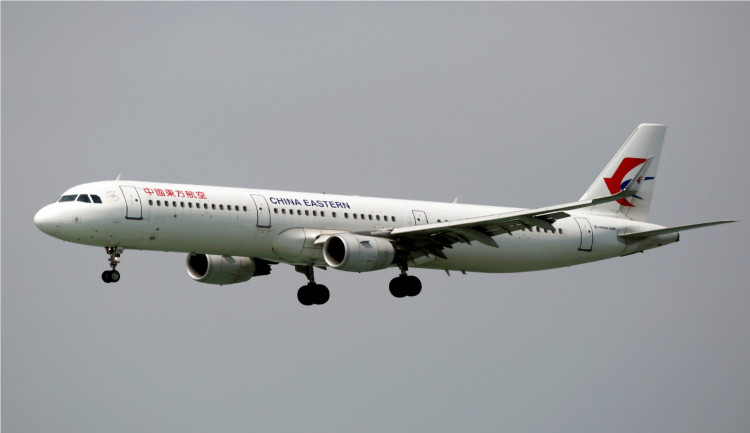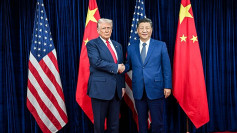China's aviation industry is evolving into the world's biggest air travel market. The country plans to expand the number of its airlines to cover the need for air travel as tourism grows.
Before Deng Xiaoping introduced policies for "reform and opening up", leisure travel in China is considered as a bourgeois activity. According to the prediction of the Worlds Tourism Organization in 1998, China could rise into fourth place as an outbound travel market in 22. China's "tourism miracle" boosted the demand for air travel.
China aviation industry continued to expand because of the rapid increase in the numbers of Chinese that prefers plane travel. According to analysts, the country will surpass the United States as the world's biggest air travel market within the next three years.
The demand for air travel in China continues to grow exponentially. Tourism has a large contribution to the air travel industry in China.
The outbound tourism market in China is expected to reach US$ 365 Billion by 2025. Tourism has become more and more popular among the Chinese as they increase spending on high-quality services and shopping.
The rising affluent & middle-class population, liberal tourism policy such as Approved Destination Status (ADS), open door policy are major factors which contributed to the growth of Chinese tourism. Chinese tourists preferred traveling to Hong Kong, Thailand, Japan, Vietnam, and South Korea. Around 35% share of the total Chinese outbound tourists in 2018 traveled to the top five destinations.
The exponential growth in Chinese outbound tourism provided immense opportunities for revenue growth for the aviation industry. To cater to the increasing demand, the Chinese government initiated a wide scale airport building program. Currently, there are 235 airports in China but it lacks the capability to sustain the fast increase in passenger number and flights. According to the estimate of the Chinese government, they need to build 450 airports across the country by 2035.
According to Cheung Kwok Law, director of policy at the Chinese University of Hong Kong's Aviation Policy and Research Centre, China plans to cater the demand and, at the same time, generate economic growth.
He said that the government is really looking ahead not only to meet the current demand but to stimulate future demand for air transportation. China built most of the airports in cities and districts. They also constructed a multibillion-dollar Daxing International Airport. The airport entered its final phase and its first round of flight tests are scheduled on May 14.






